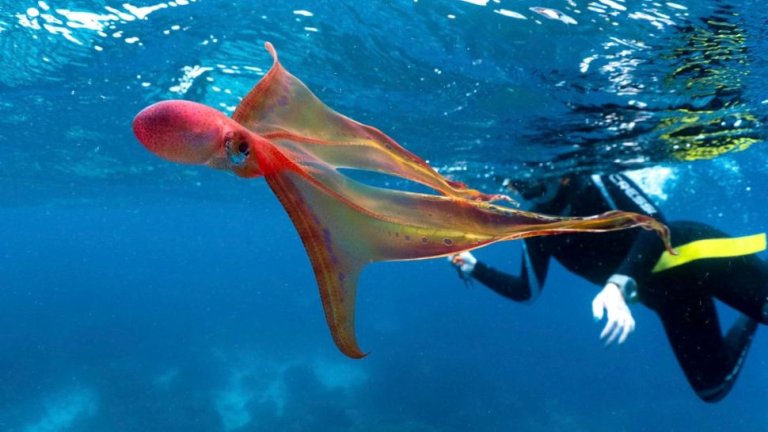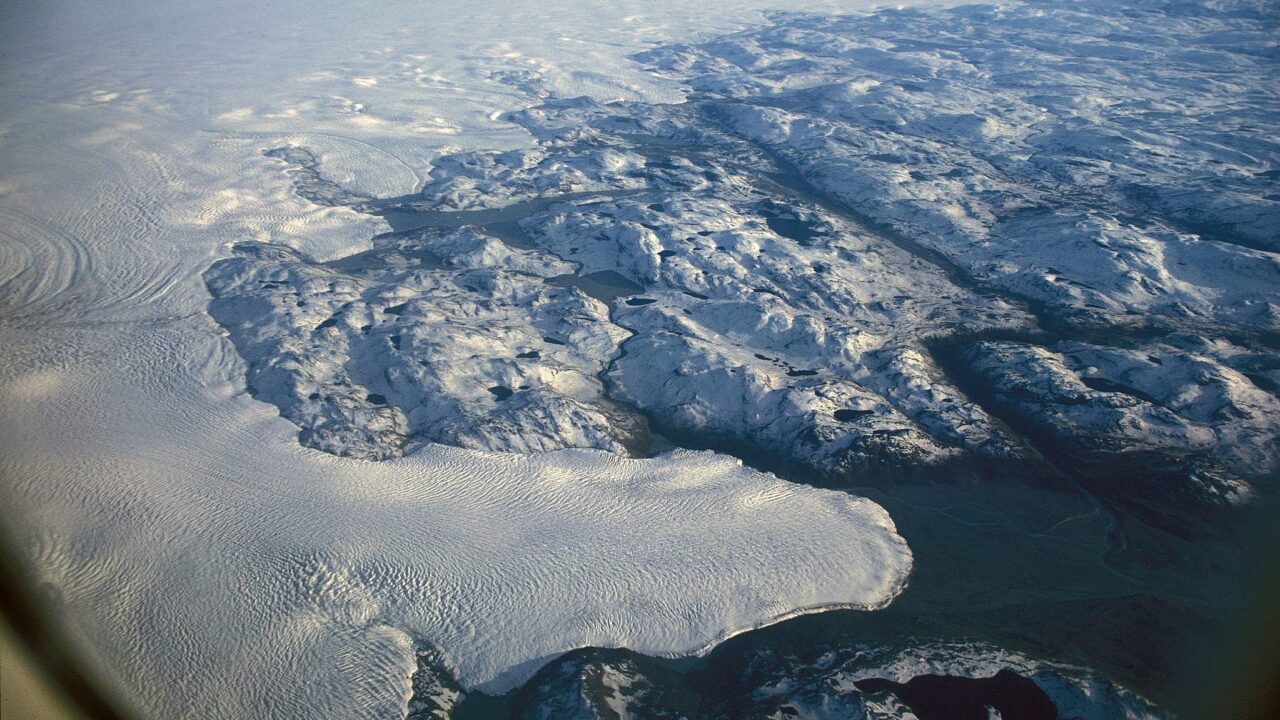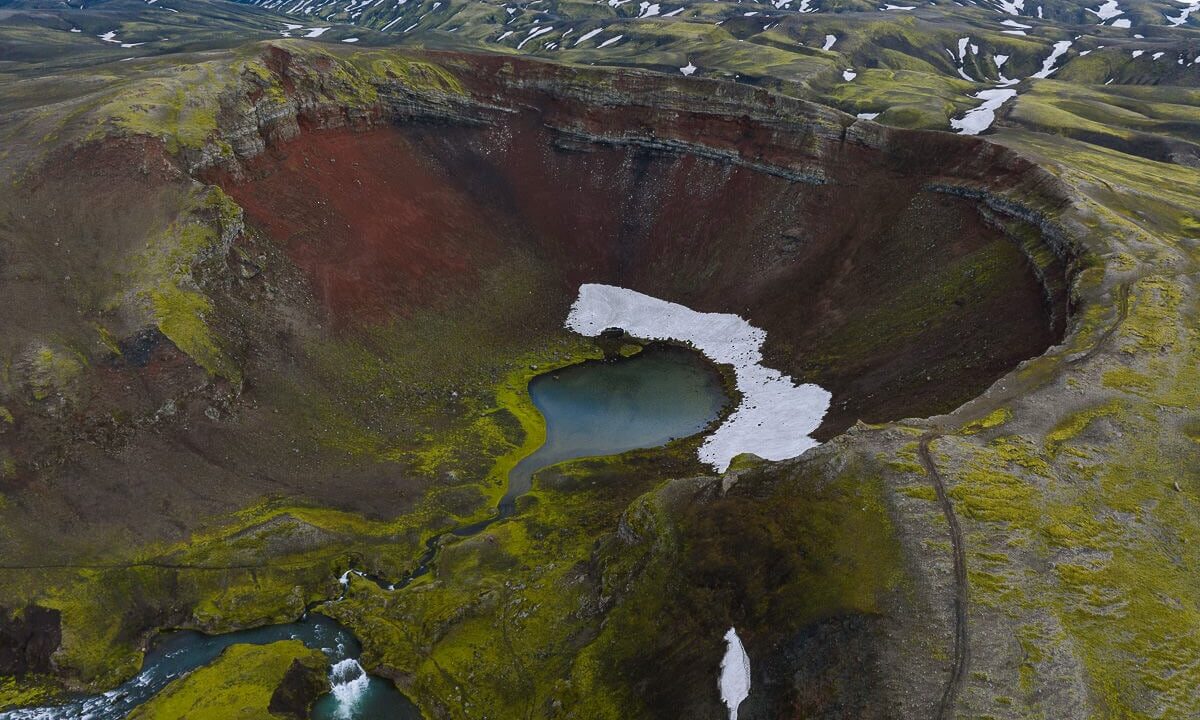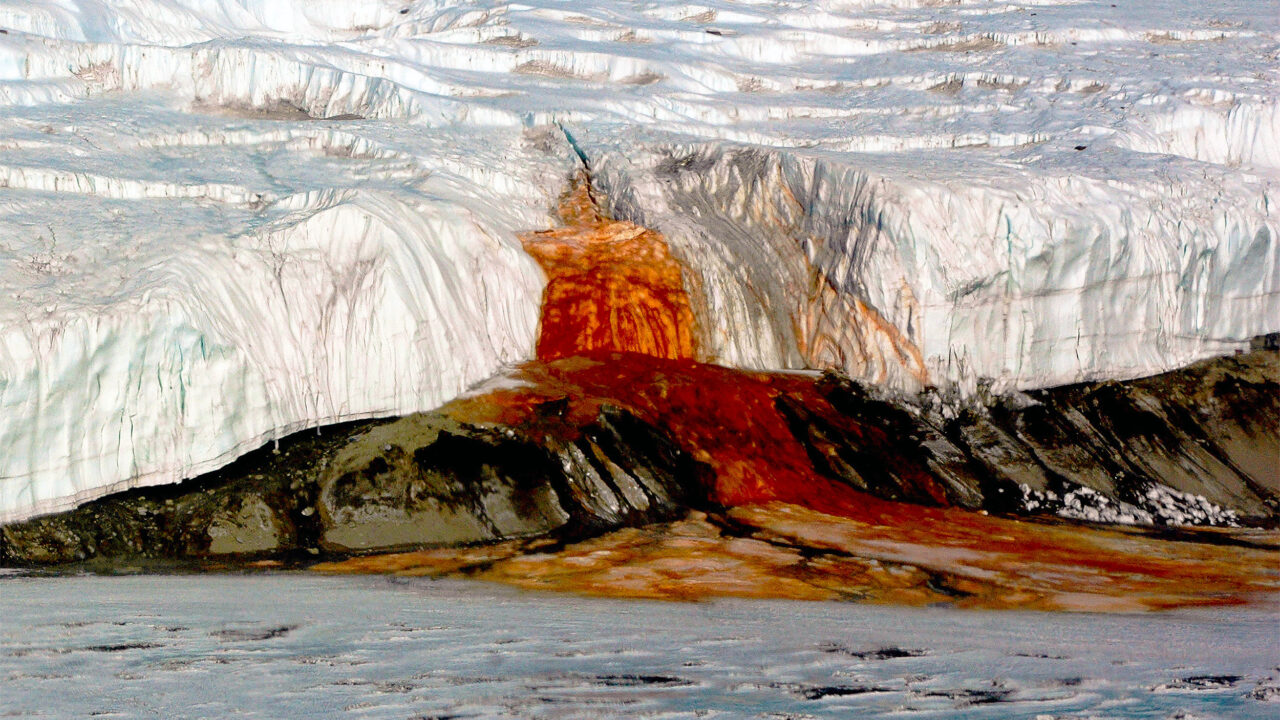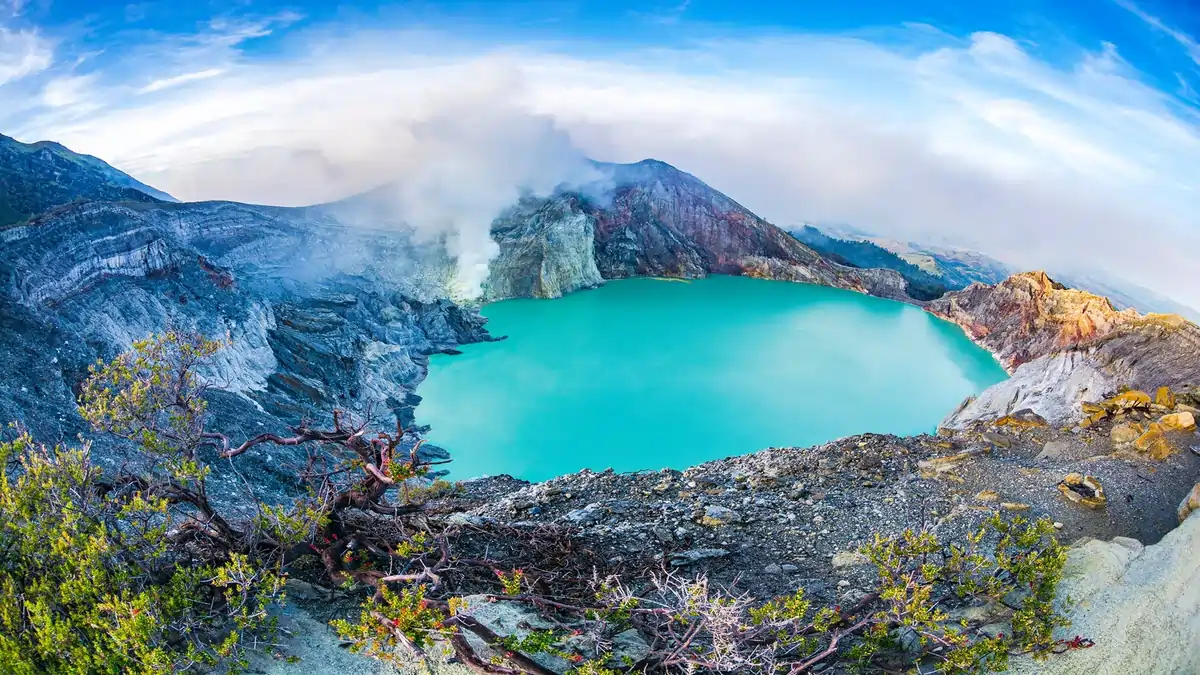Indonesia is known as a land of thousands of active volcanoes landscapes that hold both breathtaking beauty and lurking danger. One of its most extraordinary natural wonders is Kawah Ijen’s Acid Lake, located on the border between Banyuwangi and Bondowoso in East Java. This lake is not only mesmerizing to look at but is also known as the most acidic lake in the world, displaying a stunning turquoise-blue color.
1. A Natural Wonder atop Mount Ijen
Kawah Ijen is part of the Ijen volcanic complex, which stands about 2,386 meters above sea level. At its summit lies a spectacular turquoise crater lake. Beneath this beauty, however, lies danger the water contains sulfuric acid with an extremely low pH (close to 0), making it the world’s most acidic volcanic lake.
ALSO SEE :
The Benefits of Walking 30 Minutes a Day
The lake’s brilliant blue hue comes from the reflection of light interacting with sulfur gases and minerals in the water. The view becomes even more magical at sunrise, when golden rays shimmer across the lake’s surface, surrounded by rugged crater walls.
2. The Rare “Blue Fire” Phenomenon
Beyond its acidic lake, Kawah Ijen is world-famous for its “blue fire” phenomenon one of only two places on Earth where it can be seen. This mesmerizing blue glow is caused by the combustion of sulfuric gases that emerge from volcanic cracks and ignite upon contact with oxygen.
The spectacle is best witnessed in the early morning hours between 1:00 AM and 4:00 AM, when the air is cool and darkness enhances the vibrant blue flames. Many adventurers hike overnight just to witness this otherworldly sight.
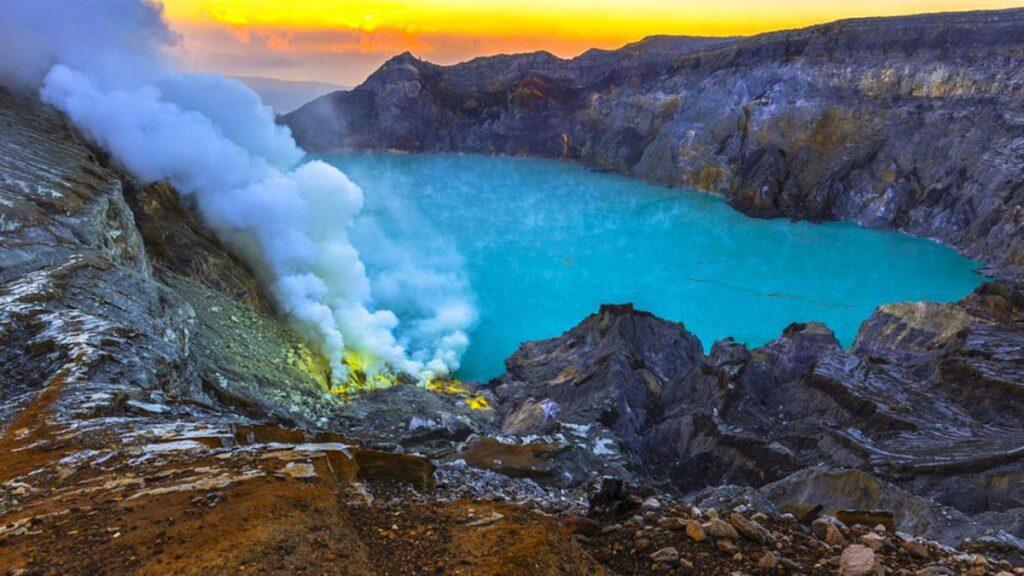
3. The Life of Sulfur Miners
Kawah Ijen is also home to traditional sulfur mining operations. Every day, miners descend steep crater walls to collect chunks of bright yellow sulfur, carrying loads that can weigh 60 to 80 kilograms on their shoulders back up the mountain.
Despite the high risks exposure to toxic gases and treacherous terrain this activity has been ongoing for decades and remains a vital part of the local economy. Visitors often express deep respect for the miners’ endurance and dedication, which embody both hardship and resilience.
4. Danger and Tourist Appeal
The lake’s extreme acidity makes it hazardous to touch, and the thick sulfur fumes can be harmful to breathe. For safety, visitors are advised to wear gas masks when approaching the crater.
Nevertheless, Kawah Ijen remains one of East Java’s premier natural attractions, drawing nature lovers, hikers, and photographers alike. The challenging trek, breathtaking sunrise views, and surreal blue fire phenomenon combine to create an unforgettable experience.
5. Conservation and Sustainability Efforts
Local authorities, together with the Kawah Ijen Nature Park, are working to balance environmental conservation with tourism activity. Efforts include managing hiking routes, limiting visitor numbers, and educating tourists about the dangers of sulfur gas.
ALSO SEE :
The Singing Roads of Japan, Melodies with Every Turn of the Wheel
Additionally, social initiatives are focusing on improving miners’ welfare, providing protective gear, and developing sustainable tourism programs that actively involve local communities.
Conclusion
The Acid Lake of Kawah Ijen stands as a powerful reminder of how nature can blend beauty and danger in a single breathtaking landscape. From its striking turquoise waters and mystical blue flames to the inspiring stories of sulfur miners, Kawah Ijen is truly one of the world’s most unique natural wonders.
More than just a tourist destination, Kawah Ijen symbolizes the raw power and magnificence of Indonesia’s natural world beautiful, perilous, and profoundly meaningful.

